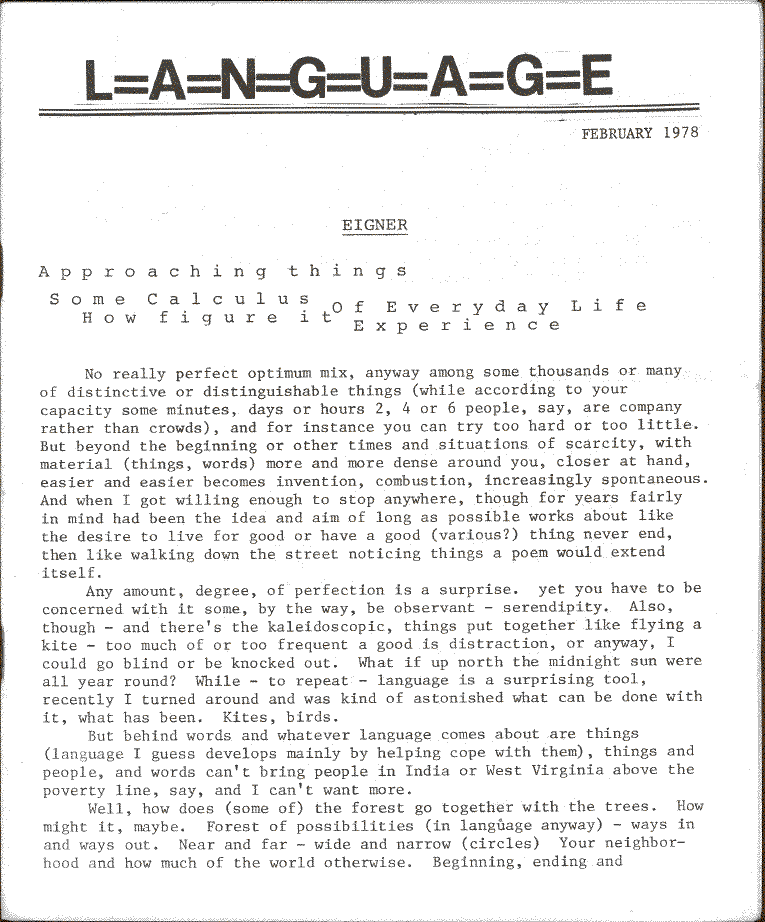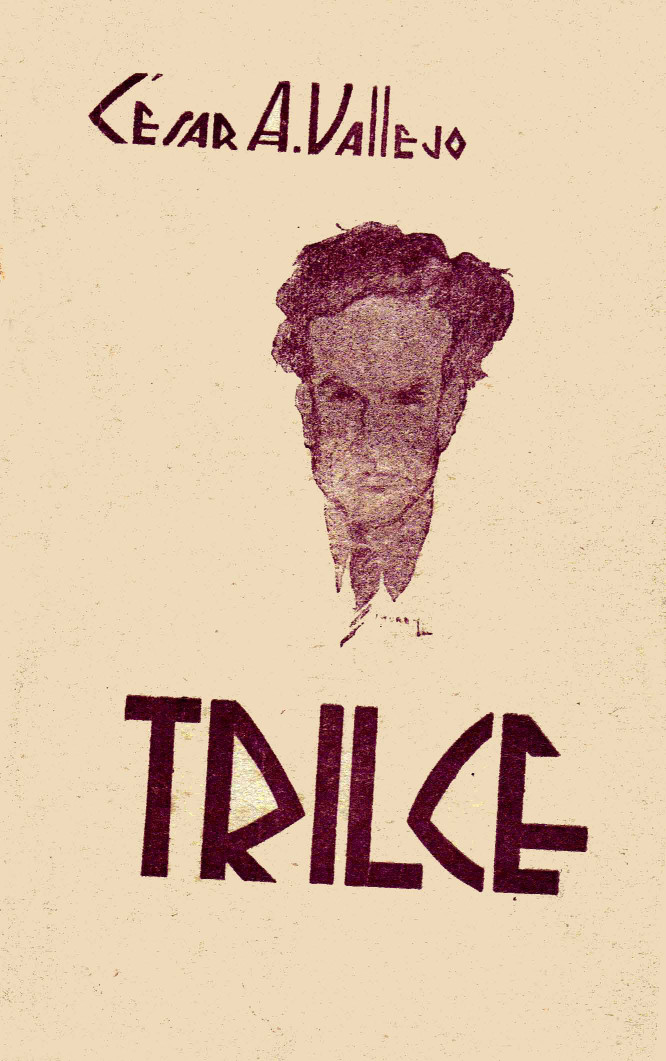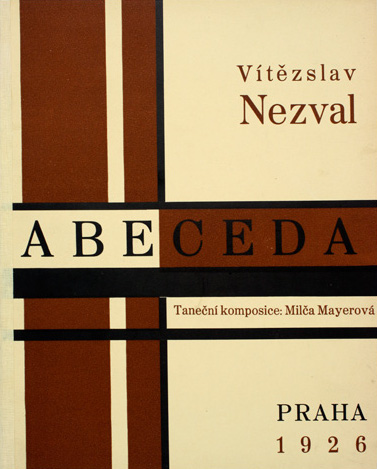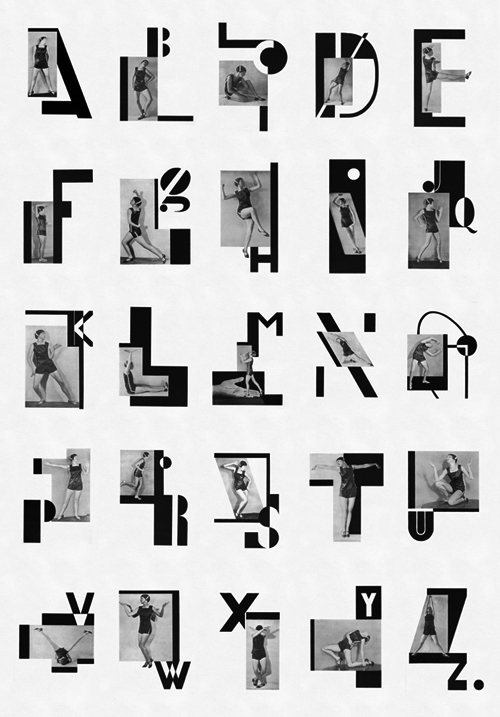L=A=N=G=U=A=G=E, 1–13 (1978–1981)
Filed under magazine | Tags: · avant-garde, language, literary theory, literature, poetics, poetry

“L=A=N=G=U=A=G=E was an avant-garde poetry magazine edited by Charles Bernstein and Bruce Andrews that ran thirteen issues from 1978 to 1981. Along with This it is the magazine most often referenced as the breeding ground for the group of writers who became known as the Language poets.” (from Wikipedia)
GIF pages and PDFs (on Eclipse)
Index (on Eclipse)
The L=A=N=G=U=A=G=E Book (1983, added on 2022-1-11)
See also:
L=A=N=G=U=A=G=E Distributing Service, PDF catalog and commentary on Jacket2
The Poetics of L=A=N=G=U=A=G=E, a talk by Bruce Andrews, 2005, on UbuWeb
Andrews in EPC Digital Library
Bernstein in EPC Digital Library
César Vallejo: Trilce (1922–) [Spanish, English]
Filed under poetry | Tags: · avant-garde, language, poetry

Trilce is the second and the most well-known book of poetry by the Peruvian author César Vallejo.
Pared of all ornamental language, Trilce introduces the wrenched syntax that allows Vallejo to get beyond the constraints of received linguistic conventions. Writing in A History of Peruvian Literature, James Higgins catalogues the elements of Vallejo’s diction: “Vallejo confounds the reader’s expectations by his daring exploitation of the line pause, which often leaves articles, conjunctions and even particles of words dangling at the end of a line, by his frequent resort to harsh sounds to break the rhythm, by employing alliterations so awkward as to be tongue-twisters. He distorts syntactic structures, changes the grammatical function of words, plays with spelling. His poetic vocabulary is frequently unfamiliar and ‘unliterary,’ he creates new words of his own, he often conflates two words into one, he tampers with cliches to give them new meaning, he plays on the multiple meaning of words and on the similarity of sound between words. He repeatedly makes use of oxymoron and paradox and, above all, catachresis, defamiliarising objects by attributing to them qualities not normally associated with them.”
D. P. Gallagher suggests in Modern Latin American Literature that Vallejo was “perhaps the first Latin American writer to have realized that it is precisely in the discovery of a language where literature must find itself in a continent where for centuries the written word was notorious more for what it concealed than for what it revealed, where ‘beautiful’ writing, sheer sonorous wordiness was a mere holding operation against the fact that you did not dare really say anything at all.” (from Vallejo’s biography by Poetry Foundation)
With a Foreword by Antenor Orrego
Publisher Talleres tipográficos de la Penitenciaría, Lima, 1922
136 pages
via Biblioteca BBVA
Commentary (Michelle Clayton, Poetry in Pieces: César Vallejo and Lyric Modernity, 2011, 329 pp)
Wikipedia (ES)
Wikipedia (EN)
PDF (Spanish), other editions: 1961, 1982, 1986, 1987
HTML (Spanish/English, trans. Clayton Eshleman, 2007)
Vítězslav Nezval: Abeceda (1926)
Filed under artist publishing, poetry | Tags: · alphabet, avant-garde, dance, photography, poetry, typography

“In Nezval’s Abeceda, a cycle of rhymes based on the shapes of letters, I tried to create a ‘typofoto’ of a purely abstract and poetic nature, setting into graphic poetry what Nezval set into verbal poetry in his verse, both being poems evoking the magic signs of the alphabet.” – Karel Teige
The 1926 book Abeceda [Alphabet] is a landmark work of the artists’ collective Devětsil, active in Prague and Brno in the 1920s.
“The composition of Abeceda took place in three stages. Vítězslav Nezval wrote the poem in 1922 along the line of the grade-school syllabary, matching each letter of the alphabet with a single rhyming quatrain. Nearly every verse takes its lead from the visual aspect of its letter and proceeds as a sequence of fanciful associations: “A / let us call you a simple hut / Transport your tropics to the Moldau, o palms / A snail has its simple home with feelers sticking up / while people don’t know where to lay their heads.” For a celebratory Nezval evening in 1926 at the Liberated Theater in Prague, Milča Mayerová contributed a choreographed alphabet that complemented each quatrain with a sequence of poses. The composition concluded with Karel Teige’s addition of photo-montages that join photographs of Mayerová’s embodied alphabet with his own geometric letterforms.
Nezval’s verses follow from his conviction that poetry, as a game of language played at the level of its rudiments, provided a means of transforming the world directly. The photos of Mayerová illustrate in concrete terms this intimacy between language and reality; the poses have her almost trying the alphabet on for size. Teige’s photomontages organize that alphabetized figure with geometric letters according to the structure of the grid, which the artist regarded as an emblem of rational order. In setting Mayerová’s figure in gridded relation to the alphabet, Teige seemed to be insisting that readers consider the realities of life in relation to letters whose shapes they not only determine, but that in turn determine them.” (Source)
Abeceda. Taneční komposice Milči Mayerové
Publisher J. Otto, Prague, 1926
Illustrated with 25 black and white photomontages
57 pages
via V&A
Video adaptation (8 min, 2000, made at the Wolfsonian-FIU, Miami)
PDF (with Nezval’s poems in Czech, low resolution)
PDF (images only, low resolution)


